The Ma River has the Chinese name Loi Giang. The Thai and Lao people call the Ma River Nam Ma, which is translated into the common language as the Horse River. However, etymologically, Ma is the Chinese pronunciation of the river's real name, "Ma" meaning mother river, the main river, referring to a large river. On the 512km long river, not only does the solo resound, but the flow also blends into the lives of the communities on both banks.
 Muong Luan Tower on the bank of Ma River flowing through Muong Luan commune, Dien Bien Dong district (Dien Bien).
Muong Luan Tower on the bank of Ma River flowing through Muong Luan commune, Dien Bien Dong district (Dien Bien).
From the source
The Ma River begins at the confluence of streams in the Vietnam - Laos border area at Muong Loi commune (Dien Bien district, Dien Bien province). However, along the way, the river receives water from many other streams so that, when it reaches Muong Luan commune (Dien Bien Dong district), its surface becomes wider, flows rapidly and is officially named the Ma River on the map.
The route we took from Dien Bien City to Dien Bien Dong District was about 70km, mostly through winding hills and mountains, not unlike the remote border region of Thanh Hoa that I am attached to. Dien Bien Dong was originally separated from Dien Bien District, a district with a majority of ethnic minorities, living off the mountains and forests. Basically, the forest here is bare, only jagged rocks can be seen. In recent years, the government has made efforts to mobilize and encourage people to plant forests, the coverage rate has reached about 26%.
Dien Bien Dong belongs to the Ma River basin, an area with a relatively dense river and stream system and abundant water resources. On the Ma River, there are 14 hydroelectric plants. Of which, no place has as many hydroelectric plants as Muong Luan commune. Over 15km of Ma River, there are 2 hydroelectric plants located entirely in the commune, Muong Luan 1 Hydroelectric Plant and Muong Luan 2 Hydroelectric Plant. In addition, 2 hydroelectric plants have dams flowing through them, Song Ma 3 Hydroelectric Plant and Chieng So 2 Hydroelectric Plant. And 2 hydroelectric plants related to the water storage area of the commune are Song Ma 2 Hydroelectric Plant and Chieng So 1 Hydroelectric Plant.
"When you come to Muong Luan, you can clearly hear the sound of the flowing water. Later, I will invite you to eat squid from Ma River, which is not available in Thanh Hoa ", listening to the introduction of Vice Chairman of Muong Luan Commune People's Committee Lo Van Khanh, I was really curious.
Why is it said that the Ma River only has an official name on the map in Muong Luan? Because above this area, in Muong Loi commune, the Ma River is no different from small, babbling streams that are often dry. When more streams contribute water, the Ma River becomes more turbulent and powerful. A brief overview includes: Lu stream, Hang Lia, Tia Dinh, Na Nghiu, Phi Nhu, Huay Men, Nam Gioi, Huay Pung, Co Loong, Tang Ang and many other small streams.
The Ma River flows through, the alluvial plains along the river are fertile, favorable for farming and aquaculture. “Good land attracts birds. I don’t know when, but we Lao people decided to move here to settle down and live in solidarity and harmony with the Thai, Mong, Kho Mu ethnic groups... in Muong Luan,” said Mr. Lo Van Son, Party Secretary of the commune. Lao people in Muong Luan account for nearly 30% of the population. They grow rice, cotton, and spin yarn to weave colorful and durable scarves and skirts to wear on holidays: new rice celebration, water festival and tower worship ceremony. The Lao people here are proud because they have Muong Luan tower, a national historical and cultural relic, the art of Lao Lam Vong dance performance, brocade weaving art... Favorable conditions, plus the hard-working Lao, Thai, Kho Mu... ethnic people here, so Muong Luan is the first commune in Dien Bien Dong district to be recognized as meeting the NTM standards.
Talking about the Ma River squid dish, during lunch, we were introduced by Mr. Lo Thanh Quyet, Vice Chairman in charge of the People's Committee of Muong Luan commune: The Ma River flowing through Muong Luan commune has many deep pools and rocky rapids, many whirlpools, large caves at the bottom of the river, so it becomes an ideal place for many species of fish to live such as: catfish, catfish, carp, and langur... But when coming here, you must eat the Ma River squid dish, which is completely different from the Sam Son sea squid dish of principal Ho Cong Nam's hometown.
Hearing the introduction, Mr. Ho Cong Nam, Principal of Muong Luan Primary and Secondary Boarding School for Ethnic Minorities, smiled: I am from Bai Mon village, Quang Van commune, Quang Xuong district. The squid in my hometown is white, while the squid here is blue... Eaten with sticky rice and a few glasses of wine, it is unforgettable.
It turns out that it is moss that people collect from the rocks under the Ma River. The upstream section of the Ma River has clean and sweet water, so moss is a gift from nature. Mr. Ho Cong Nam came to Dien Bien when he was in 11th grade. After graduating from university, he worked in Muong Luan commune from 2002 until now. “I have lived here for 22 years, and I have seen the changes firsthand. Before, it took at least 1 day to get from Muong Luan to the district center, and the main means of transportation was by foot. On a rainy day, it could take 3 days to get there. Thinking back now, I still get chills.”
But now, starting from Pa Vat bridge connecting Na Nghiu village, Phi Nhu commune with Pa Vat 2 going into Muong Luan, you can see that the roads and houses are all big and beautiful. Especially from 2022, when Song Ma 3 Hydropower Plant comes into operation and connects to the national grid, people have the opportunity to go to the fields by boat, instead of walking all day, all week to reach the fields. Now, agricultural products are also transported by boat; traders go by boat to the place to buy. A new life is taking shape on the hydropower reservoir.
And when the Ma River flows into Thanh land
After passing through Dien Bien, the Ma River flows in a winding direction, with the main direction being Northwest - Southeast through Song Ma district of Son La province and then through Lao territory at Chieng Khuong border gate. In Son La, the Ma River continues to receive water from several streams in Thuan Chau, Mai Son, Song Ma, Sop Cop. In Laos, the Ma River is 102km long, flowing through Xieng Kho and Sop Bau districts of Hua Phan province and receiving more water from Nam Et stream in Xieng Kho.
 Green in the Ma River on Muong Lat land.
Green in the Ma River on Muong Lat land.
On its 410km journey into Vietnam, starting from Ten Tan, the Ma River flows loudly and fiercely in the flood season, creating hundreds of waterfalls and rapids on a 270km long route, passing through Muong Lat, Quan Hoa, Ba Thuoc, Cam Thuy, Vinh Loc, Yen Dinh, Thieu Hoa, Thanh Hoa City, Hoang Hoa, Sam Son City, then pouring into the Gulf of Tonkin on the main stream of the Ma River (Hoi - Lach Trao estuary) and two tributaries, the Tao River (Lach Truong estuary) and the Len River (Len - Lach Sung estuary). On its journey, the Ma River, relying on its mighty strength, also entices the Nam Niem River, the Luong River, the Buoi River, and the Chu River to join it, creating many legends.
The Ma River is not as large as the Red River, the Mekong River, or the Dong Nai River, but it has an extremely important position in terms of geopolitics and geoculture for the Vietnamese people in general and Thanh Hoa in particular. Because, "this river contributed to nurturing the owners of history and forging ancient cultures, including the Muong culture, making an important contribution to the formation of the Van Lang - Au Lac state and the brilliant Dong Son civilization" (according to Associate Professor, Dr. Mai Van Tung).
Every time I come to the Ten Tan border gate area (Muong Lat), the echo of the Ma River is like a greeting when it flows into the source of Thanh land. Here, since 1947, the 52nd Regiment, operating in the Northwest, the West of Thanh Hoa province and Upper Laos, has the mission of protecting the Vietnam - Laos border, wearing down the French army in the Northwest and Upper Laos, which is the inspiration for poet Quang Dung to write "Tay Tien". The place name Sai Khao has only forests and mountains, causing the "tired army" to change day by day. Resolution No. 11 of the Provincial Party Committee Standing Committee on building and developing Muong Lat district until 2030, with a vision to 2045, is an opportunity for Muong Lat today to "light up the border". The Ma River on the border of Thanh land no longer has to roar its solo song. Because downstream of the Ma River are 7 hydroelectric projects: Trung Son, Thanh Son, Hoi Xuan, Ba Thuoc I, Ba Thuoc II, Cam Thuy I, Cam Thuy II.
Along both sides of the Ma River in Thanh Hoa is a system of temples and shrines that record historical marks of the spirit of struggle to build the country of our ancestors, where boats carry upstream forest products and downstream seafood back and forth for thousands of years, where the sweat and tears of ferrymen, raft rowers, and boat rowers crystallize into the Do Huay melody, full of the sacred river spirit of Thanh Hoa's mountains and rivers. Only on this land, there is a whole song named after a river, the Song Ma song, which is unique in Vietnam.
The Ma River has existed for many generations, flowing strongly and roaming for hundreds of kilometers, but until the day the American planes attacked the North, the Ma River only had one bridge, Ham Rong. The structure of the Ma River in this area is very complicated, the high water level difference at Dau Rong and Ngoc mountains makes the flow like a waterfall, the rocky surface of the river bed is tilted, has a high slope and many caves, making it very difficult to construct underground under the Ma River. Nearly 200 Vietnamese bridge workers lost their lives and a French design engineer committed suicide out of fear. It was not until the German engineer revised the design that the anchor was installed. In 1904 (after 3 years of construction), Ham Rong Bridge was completed, connecting the Ma River from Ngoc mountain to Dau Rong mountain.
In 1947, in the scorched earth resistance plan to block the French invasion of Thanh Hoa, we had to destroy the bridge. Nearly 10 years later, we rebuilt the historic bridge on the sacred land of Ham Rong, so that throughout the war, this bridge was always the number one target of the US air force, aiming to cut off our vital transport route to the southern battlefield. Tens of thousands of tons of US bombs and ammunition were destroyed day and night; countless ships carrying goods to the battlefield had to pass through Ham Rong and countless people were buried under the historic river by US bombs, so that the two words Ham Rong and the nostalgia for comrades would echo for eternity.
Ma Giang, the only great river originating from Vietnam, has been flowing for thousands of years. It may no longer be turbulent and roaring, but peaceful and gentle like our lives today.
Article and photos: KIEU HUYEN
Source


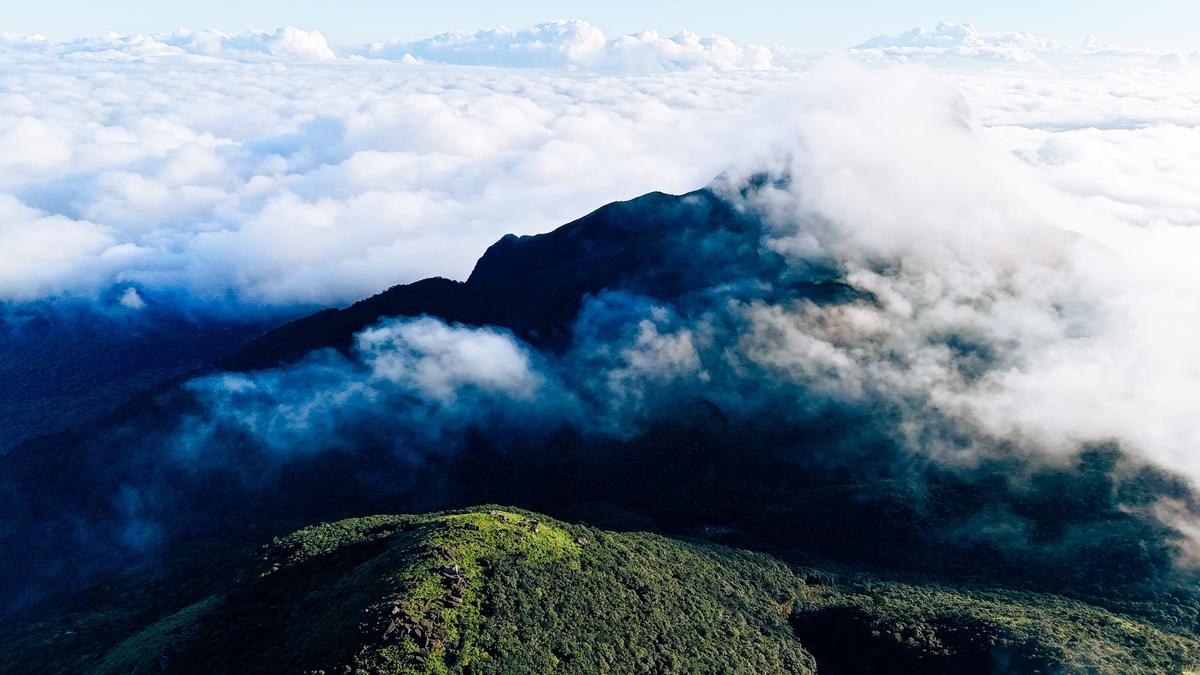
![[Photo] General Secretary To Lam receives Vice President of Luxshare-ICT Group (China)](https://vphoto.vietnam.vn/thumb/1200x675/vietnam/resource/IMAGE/2025/11/15/1763211137119_a1-bnd-7809-8939-jpg.webp)
![[Photo] Prime Minister Pham Minh Chinh meets with representatives of outstanding teachers](https://vphoto.vietnam.vn/thumb/1200x675/vietnam/resource/IMAGE/2025/11/15/1763215934276_dsc-0578-jpg.webp)
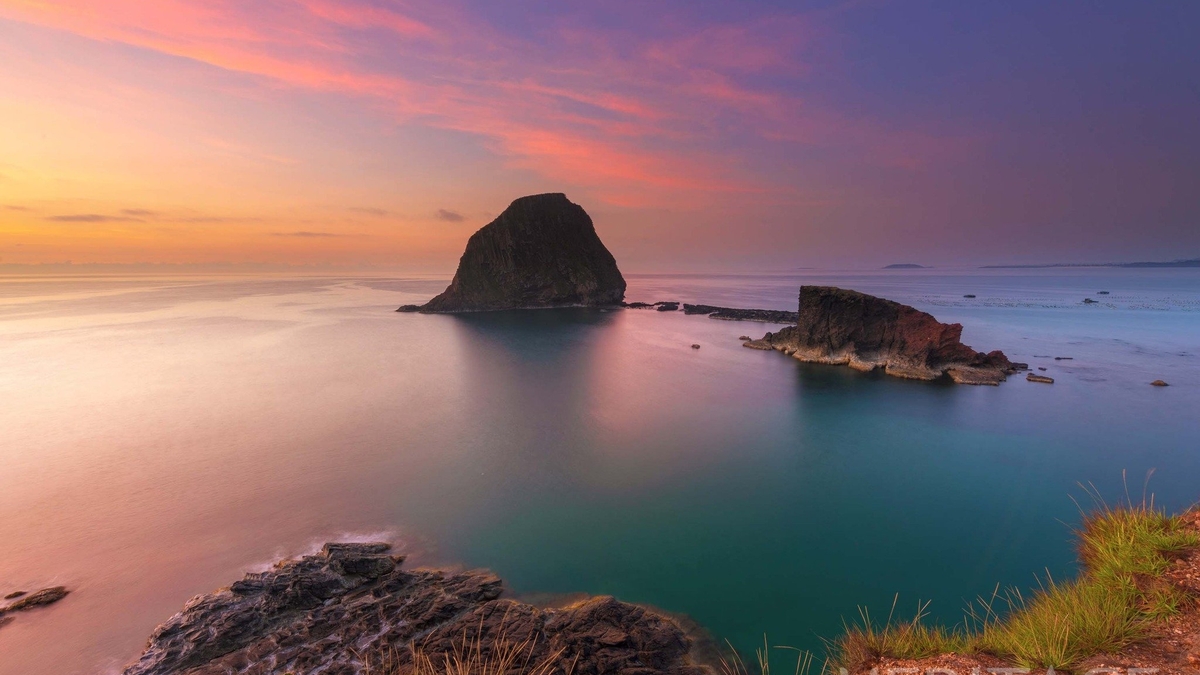
![[Photo] Panorama of the 2025 Community Action Awards Final Round](https://vphoto.vietnam.vn/thumb/1200x675/vietnam/resource/IMAGE/2025/11/15/1763206932975_chi-7868-jpg.webp)
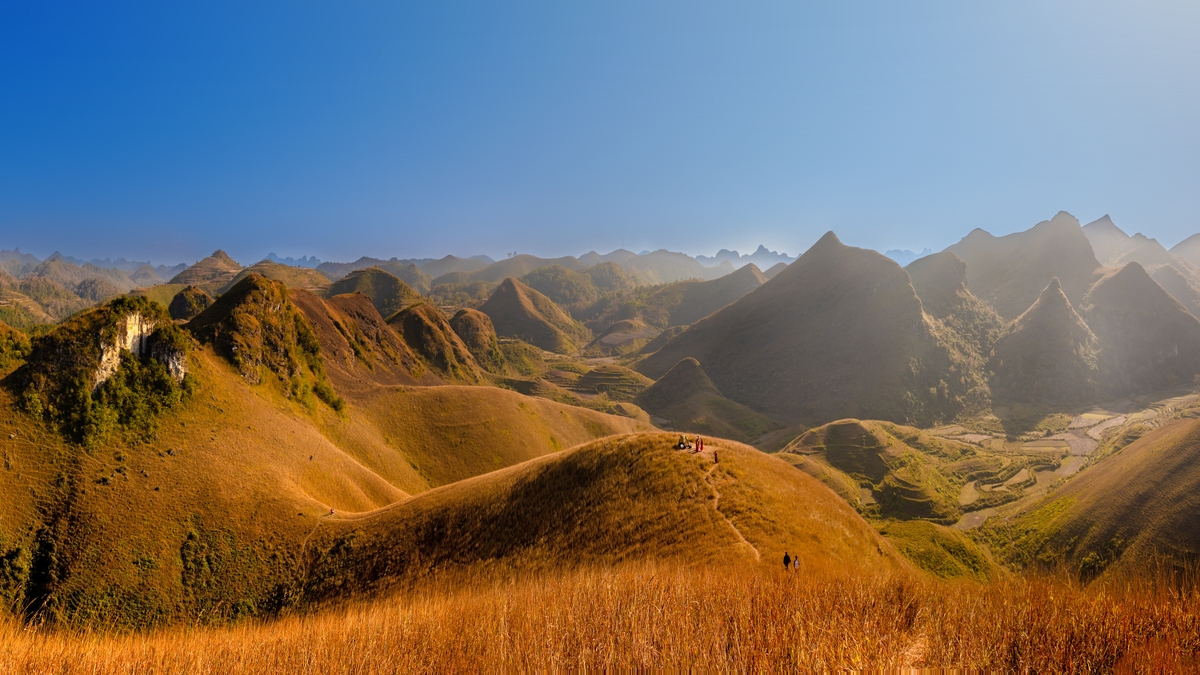
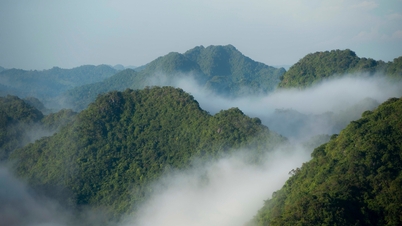

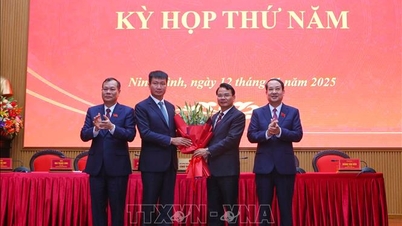

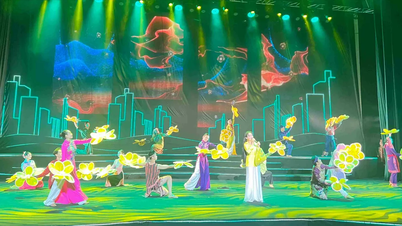

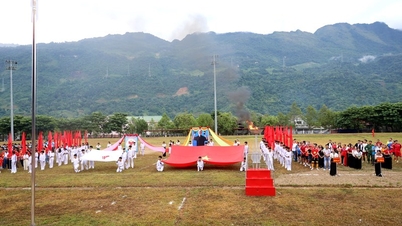




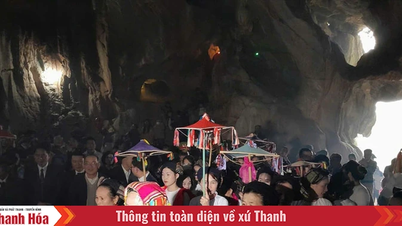

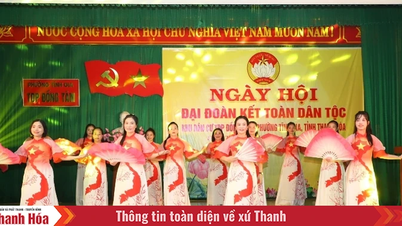
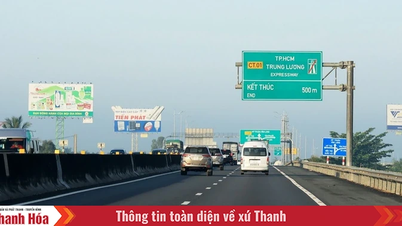
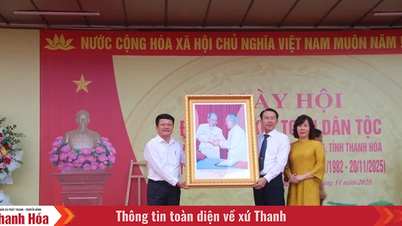
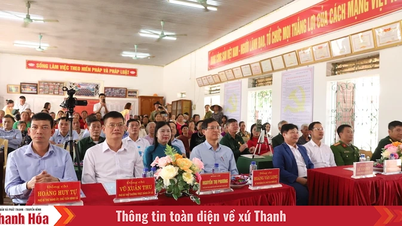

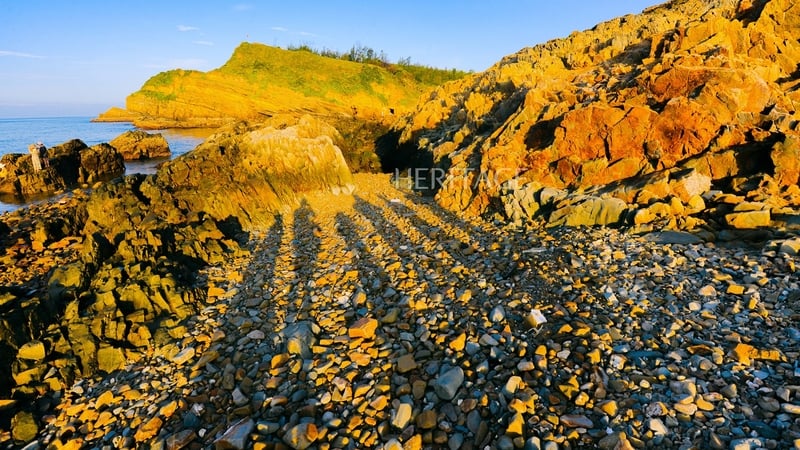







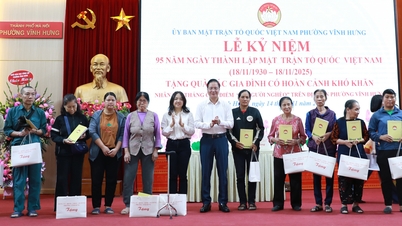
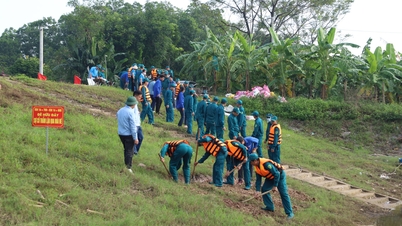
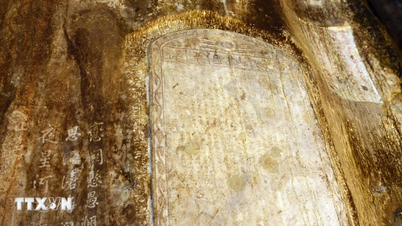
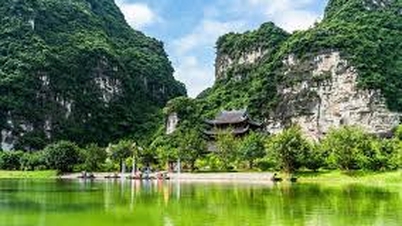

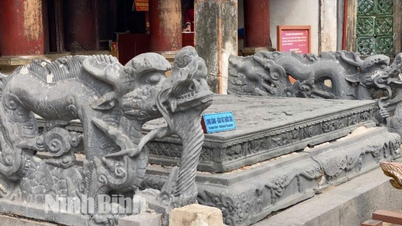
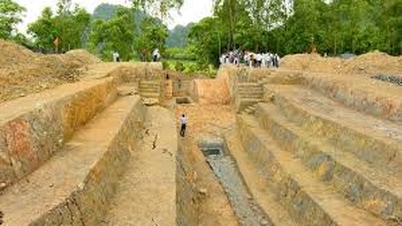

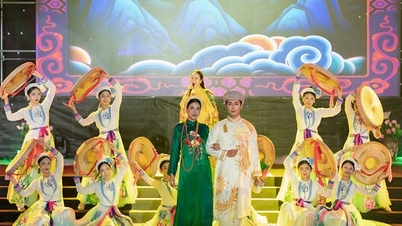








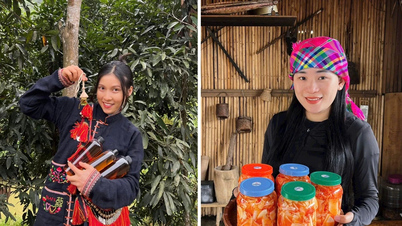





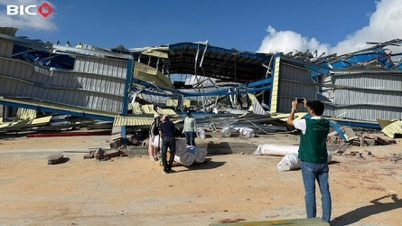








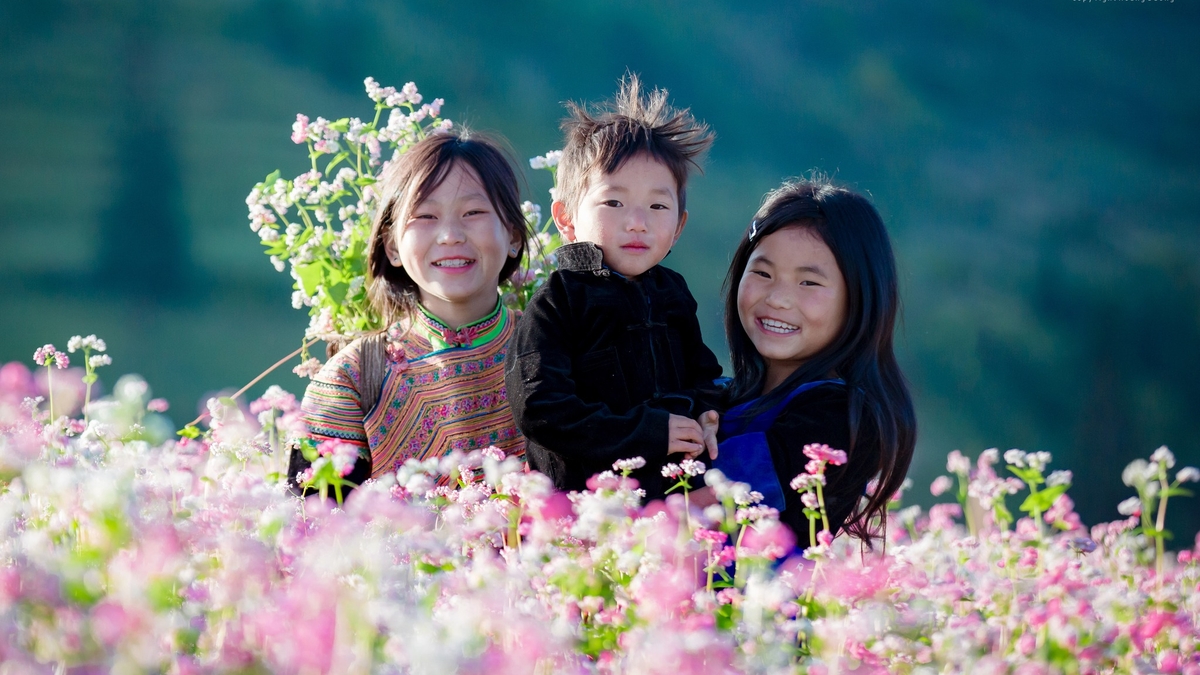



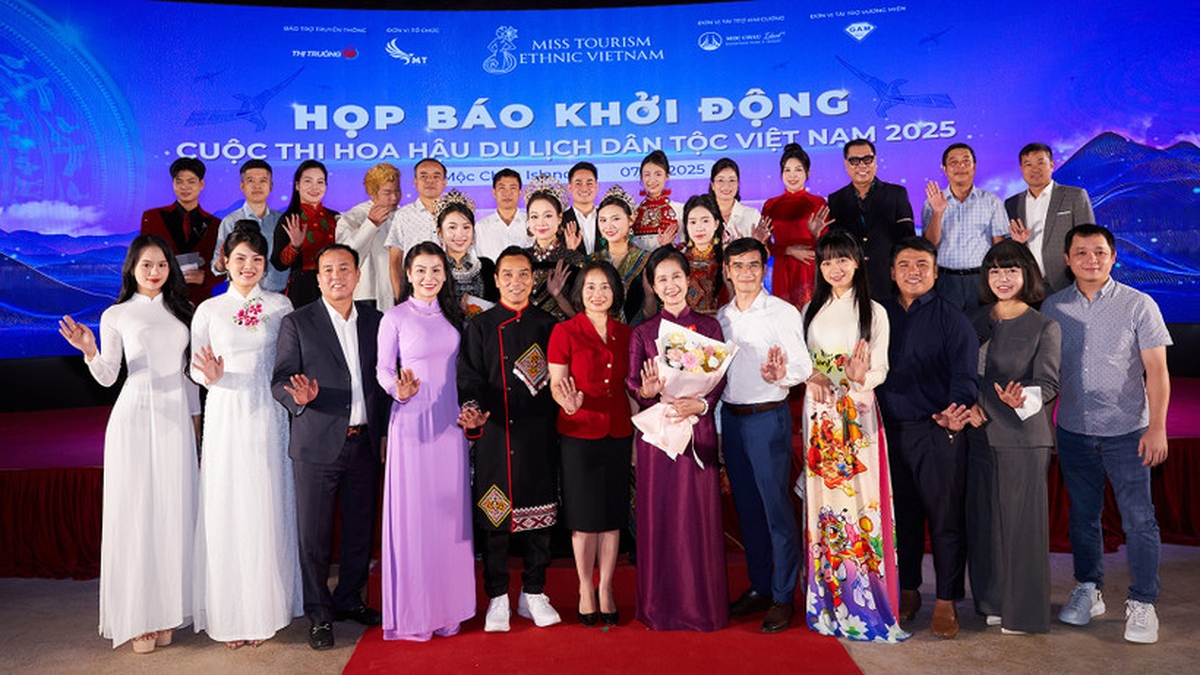
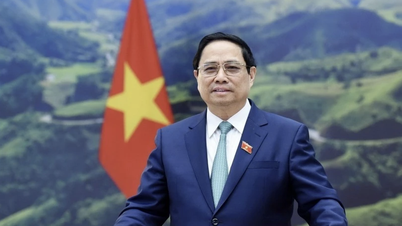

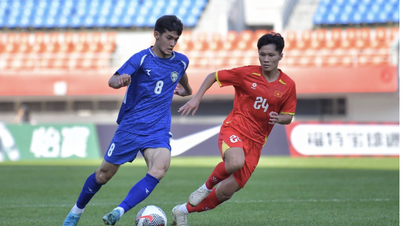






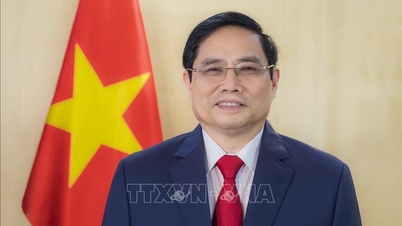


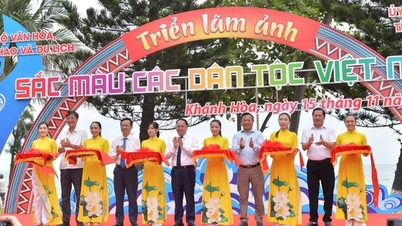


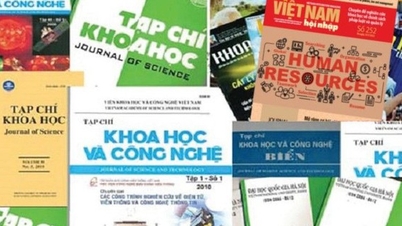
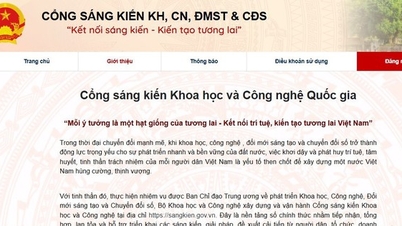


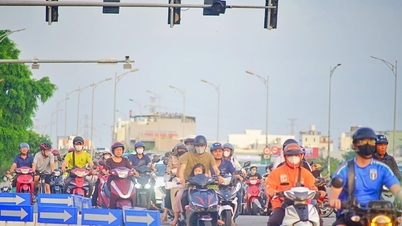

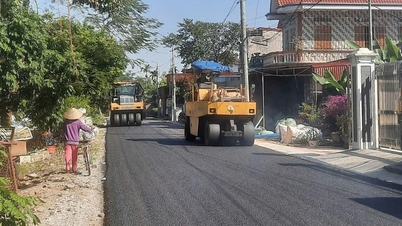

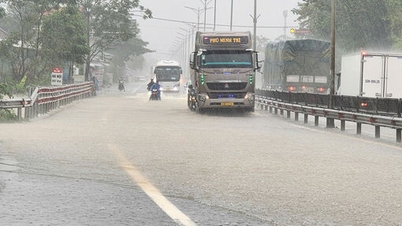

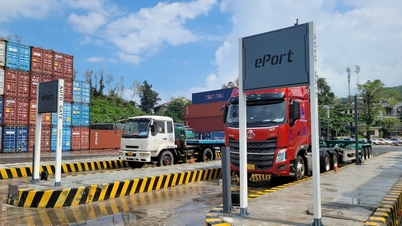



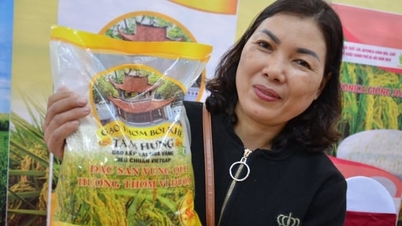
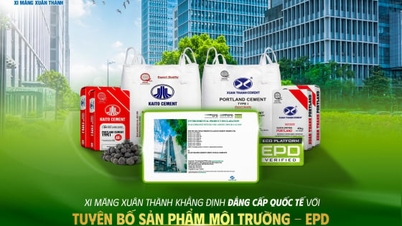
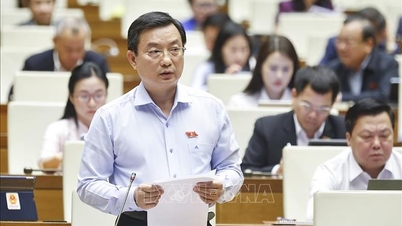


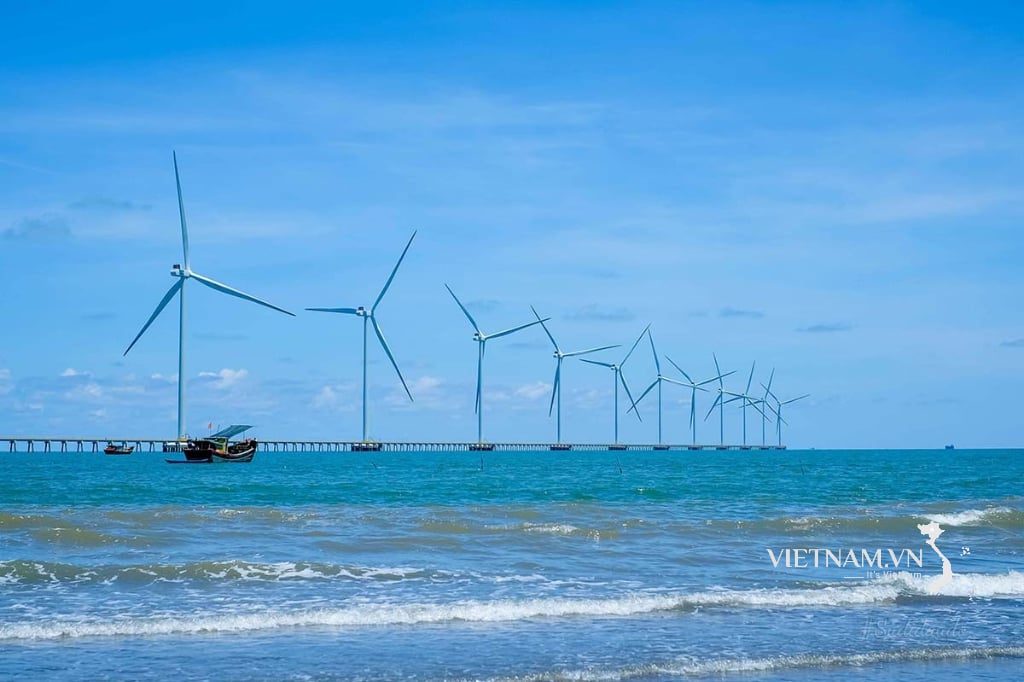



Comment (0)